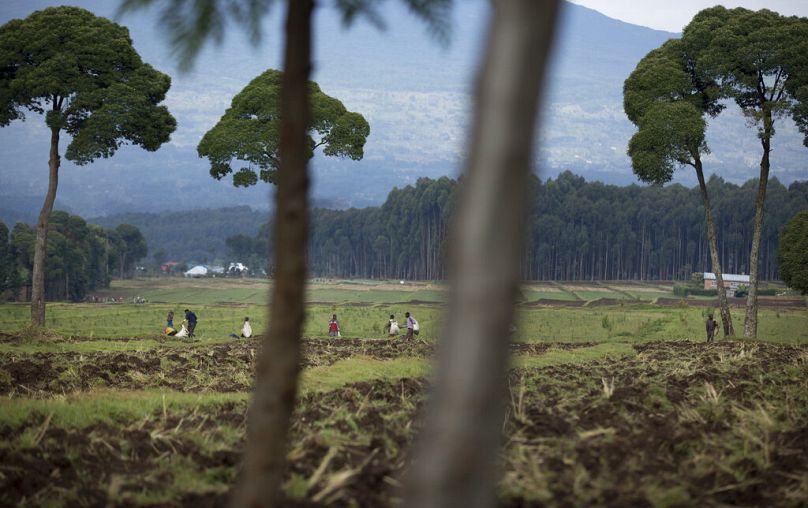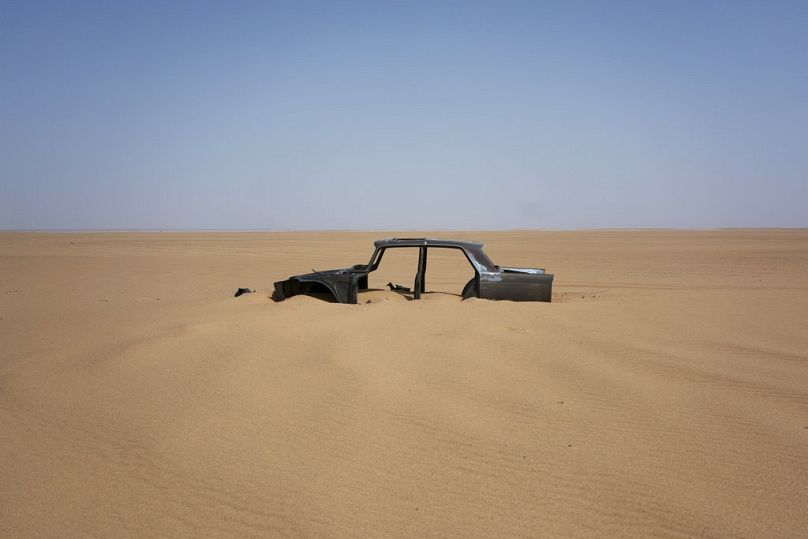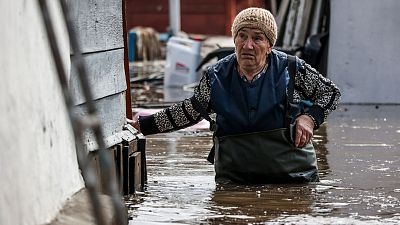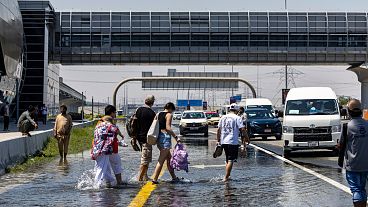Climate models are based largely on extrapolating fossil fuel emissions. But is a missing critical factor linked to plants and water making things worse, Eurof Uppington writes.
When we talk about the greenhouse effect (as opposed to global warming), we rarely talk about the fact that most of it is not caused by carbon dioxide.
Yet, as a greenhouse gas, water vapour contributes 70% of the insulation that keeps solar energy within our atmosphere, at the right temperature for life.
CO2’s impact is at around just 20% of that, though it is rising. One of the reasons for this skewed perception revolves around us not struggling to measure how much water vapour is around at any one time because it varies according to where you are.
Meanwhile, we can measure CO2 everywhere, very accurately, because it’s homogenous and diffuses around the globe.
Only what we can measure can be counted. However, the most meaningful impacts may not be easily measurable.
Warming is speeding up, 1.5C above pre-industrial levels already in some parts of the world, and many climate scientists worry something may be missing from the models.
Could the answer lie in an inconvenient and forgotten, but critically important piece of climate science?
Water cycles, big and small
Water cycles are beautifully complex, with endless feedback loops, involving humans, plants, animals, soil, weather, and climate.
Modelling them is a huge challenge most climate simulators, seeking clear outputs for policymakers, shy away from. The effect of CO2 by contrast is simple, and aesthetically boring, but easier to explain.
We all remember water cycles from geography classes. When wet air flow from the ocean is forced upwards by mountains, it condenses, forms rain, and goes back into the sea from rivers.
This is the “big” water cycle. But in important parts of the world, like the Amazon or Congolese rainforests, the majority of rain comes from vegetation, the “small” water cycle.
Plants suck up water from the soil and “sweat” it out through their leaves as they photosynthesise.
A big tree can cycle a lot of water this way — as much as 100s of litres a day — but all plants contribute. They also release microscopic particles that “seed” the rain; motes that condensing water vapour can coalesce around and form raindrops.
No plants, no rain. Water begets water, say hydrologists; soil is the womb, vegetation is the midwife.
Rain on our parade
How water affects global temperatures is complex. It takes energy as heat to turn water into vapour.
As plants transpire, it cools the surrounding air at ground level. In the air, the vapour works to block infrared radiation coming off the earth’s surface, keeping heat in and warming everything up.
But when it reaches higher into the atmosphere and condenses, it releases heat again. As the air is thinner it’s much easier for the heat to get out into space and the overall effect becomes cooling again.
This is known as the biotic pump; vegetation literally takes heat from the ground and pumps it out into space.
The cooling power of plants can then affect big water cycles too. Wet air from the sea in, say, the Pacific Northwest, travels over land thickly covered in perspiring trees, getting damper and cooler as it goes. Even before it gets to the mountains it chills and precipitates enough to condense and rain.
Without the tree cover the vapour in that air might only condense when it hits the mountains, and then only partially.
Wet air could then move over the plains behind the mountains, creating new weather patterns (and probably some havoc) as it goes.
Nasty, man-made feedback loops are to blame
You may begin to see the relevance for the humans’ global warming calculations. Alongside pollution, worsening weather, CO2 emissions and biodiversity collapse, another main feature of the Anthropocene is the destruction of vegetation for agriculture, creating progressive desertification.
We’ve been doing it for thousands of years. In Roman times, much of North Africa was fertile forest and grassland.
Spain and California were thickly forested too, in the case of southern Spain forests are now replaced by bare ground, intensive farming, greenhouses, and depleted water tables.
Everywhere, we’re breaking small water cycles, creating nasty feedback loops. Water vapour is persisting in the air, unable to condense and release heat, driving local and global warming.
Resulting droughts can devastate farmers, and the dried-out remaining vegetation is a tinder for fires. Exposed, hard crusty soil can’t retain water when rains do come, creating flood conditions.
Hydrologists call this end state the drought, fire, flood cycle: California is familiar with this. Left alone, desertification is the result, and the rain disappears completely.
Climate models are based largely on extrapolating fossil fuel emissions. No mistake, these effects are huge, and the mechanisms are clear.
But is a missing critical factor linked to plants and water making things worse?
If so, this is great news as it gives us another axis to act on. It will take a generation to wean ourselves off fossil fuels. But as keystone species, humans can revegetate the planet much faster than that.
Eurof Uppington is the CEO and Founder of Amfora, a Switzerland-based importer of extra virgin olive oils.
At Euronews, we believe all views matter. Contact us at view@euronews.com to send pitches or submissions and be part of the conversation.





